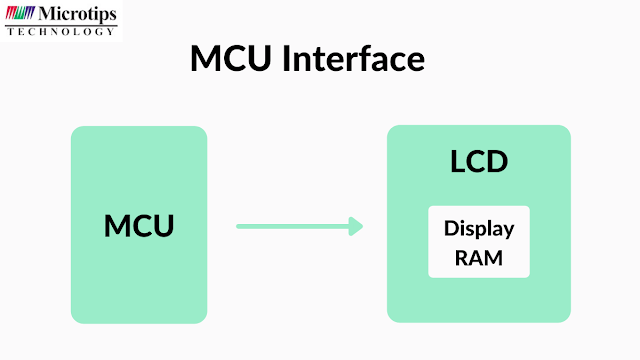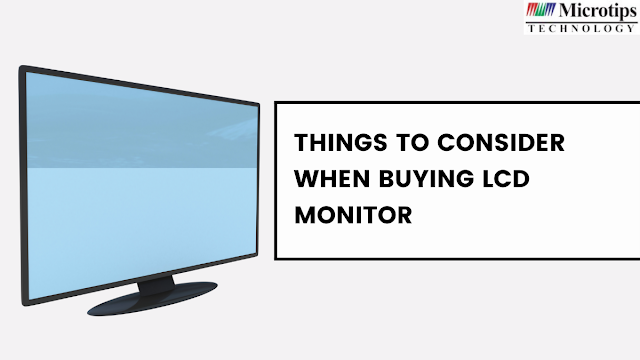What Your Business Needs To Know About TFT LCD Monitor
However, the monitor upgrades also require them to make the best decision for your business application. Knowing the technologies will help you choose the best course of action in the manufacturing or service sectors.
Nowadays, it's getting harder and harder to tell an LCD from a TFT (Thin-Film Transistor). Additionally, there are many TFT technology variations.
Are TFT And LCD The Same Thing?
It's a popular misperception that TFT and LCD screens are interchangeable. Although the belief is not entirely false, asserting that the two are the same is incorrect.
The two terms apply to the flat-panel displays seen in modern TVs and smartphones, but there is a distinction between TFT and LCD since TFT is a more transparent variant of LCD.
Liquid crystals are sandwiched between two layers of polarising material to form an LCD panel. Since liquid crystals cannot generate light independently, a backlight is placed below these layers and is responsible for generating the light. The crystals rotate by controlling the voltage between glass plates, and the backlight sends light to display your selected content.
LCD panels that employ thin film transistor technology are known as TFT displays. An LCD display may display crisper images by adding a TFT layer. TFT screens have an additional TFT layer on top of the same components as LCD displays. Simply, TFT technology offers higher quality than traditional LCDs.
The Different Faces of TFT
The notion that TFT is a collective name is also unknown to most individuals. There are several display types, and each has certain advantages.
Twisted Nematic (TN) TFT displays are an alternative to TFT displays. The first way that crystals have ever transmitted light is with TN technology. Gamers frequently use TN technology since it is typically reasonably priced and has quick response times.
The concept of Multiple-domain Vertical Alignment is another variant. MVA TFT displays are a fantastic choice for moving pictures since they have stunning color displays and strong contrast. In comparison to TN technology, it also offers superior viewing angles.
The third type of TFT technology is In-Plane Switching (IPS), often used in phones, laptops, and computer displays. IPS has a basis that is comparable to TN and MVA. However, each pixel in IPS has a transistor. IPS offers wide viewing angles and uniform colors as a result.
Before purchasing TFT LCD color monitors and other TFT equipment, you may make an educated selection by thoroughly understanding TFT-LCD displays. Get started with Microtips Technology, one of the best TFT display manufacturers, guaranteeing the best product match.
Contact us right away with any questions you have about TFT-LCD displays.




Comments
Post a Comment